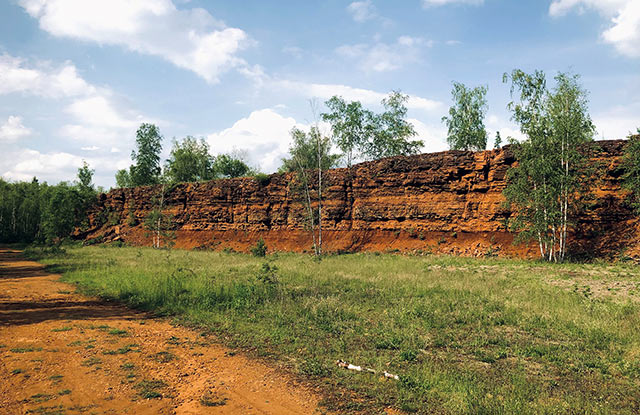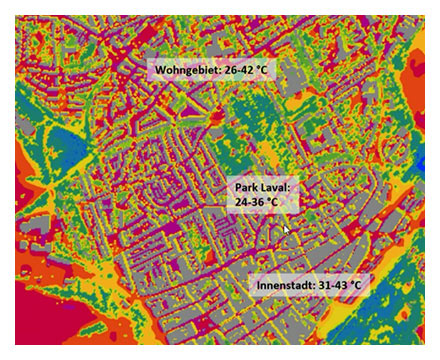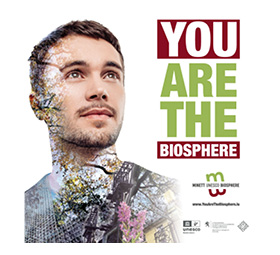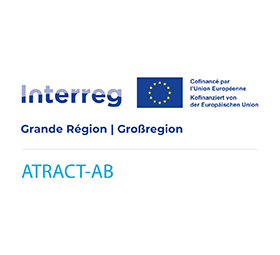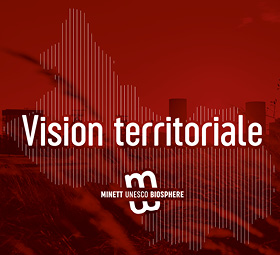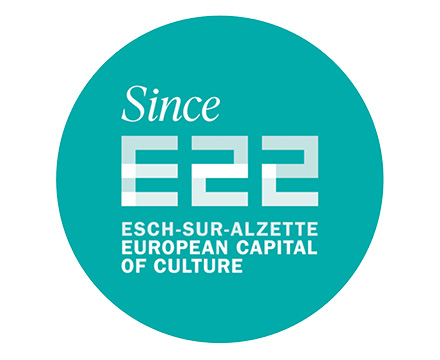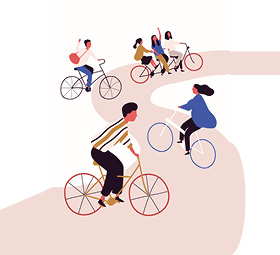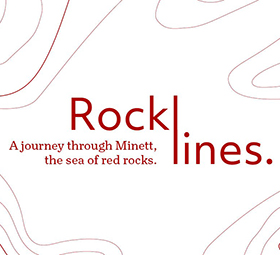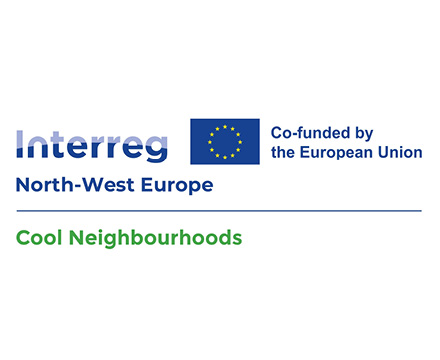


Definition of geopoetics
Definition of geopoetics
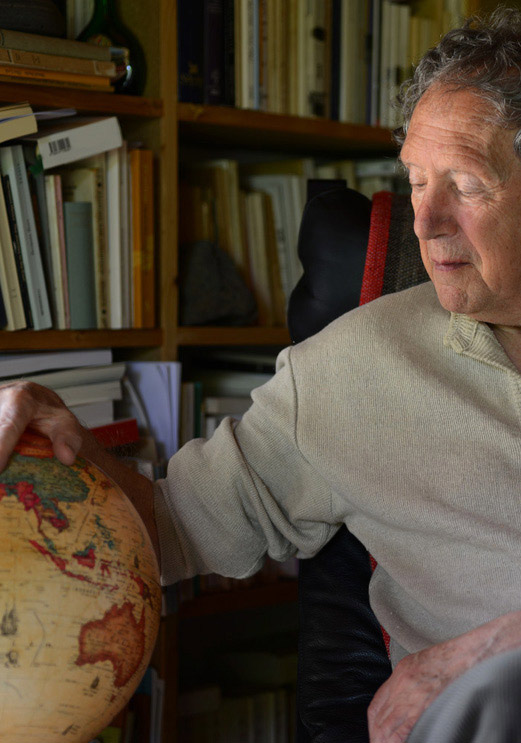
“What is geopoetics? The geopoetics project is not just another cultural “variety”, nor is it a literary school, nor is it poetry as an intimate art.
It is a major movement that concerns the very foundations of man’s existence on earth (…).
The links of geopoetics with geography are obvious, but they also exist with geology, biology, and with ecology (including the ecology of the spirit), which is well-developed.
In fact, geopoetics offers a meeting ground and mutual stimulation, not only – and this is increasingly necessary – between poetry, thought and science, but between the most diverse disciplines (…) by asking the fundamental question:
What about life on earth, what about the world?”
Kenneth White.
A geopoetic narrative for the land of red rocks
Minett as we know it is the land of red rocks. Its geography is that of a country where red dominates, the colour of iron ore being omnipresent and permeating the landscape of this region of southern Luxembourg. In people’s imagination, Minett has always meant “mining activities” which have marked the national and international industrial “steel landscape” of the 20th century. But Minett, like all geographies, is inhabited by a spirit of place, the “Genius Loci” of the Latins, which has never disappeared.
From the Jurassic oceans to the moonscapes left by mining, Minett’s intimate geography seems to be largely unexplored.

Geology is the hidden part of geography, but geography is the truest science of all: we look at a landscape, geography tells us everything in detail. It is our task to interpret it and then translate it into language, human action and practice. And the practice that European geography needs nowadays must be a creative practice: very little theory, a lot of practice.
180 million years ago, it all began in a not so deep sea, on the shores of a large island, in a delta exposed to tidal waves and a tropical climate.
Today, the remains of that Jurassic world have surfaced here, in the southernmost region of Luxembourg, on the edge of the Paris basin, on the border between Luxembourg and France. Iron turned into steel changed this landscape and the history of the people here in the heart of Europe. Today, these remains are the story of the landscape – the new ancient landscape that has inspired people to imagine their lives. How do we imagine our lives in this new landscape – geographical and human?
There is only one way to find out. We should start walking again, exploring as we have just landed on the new shores of this ancient basin: imagining, catching a glimpse of the poetic spark that springs from the void left by this industrial past, and starting to write a new book: Minett, Red Rock Country.
